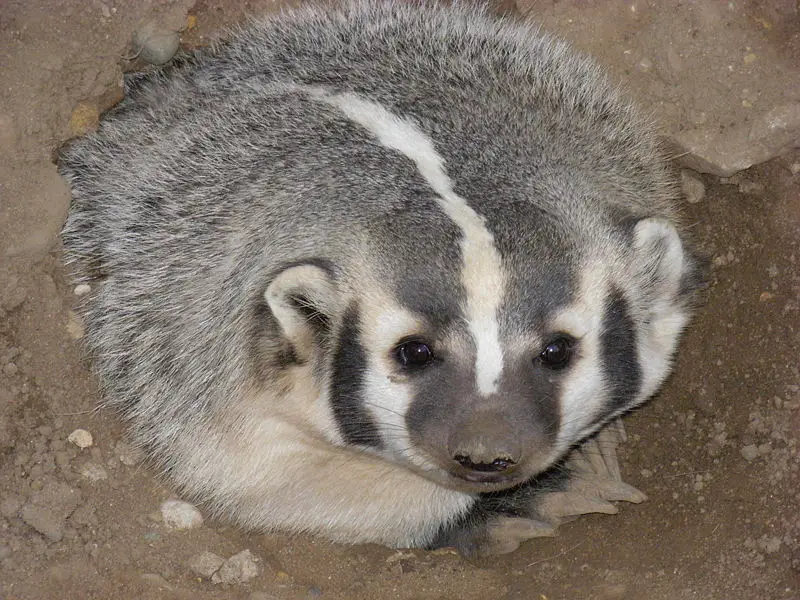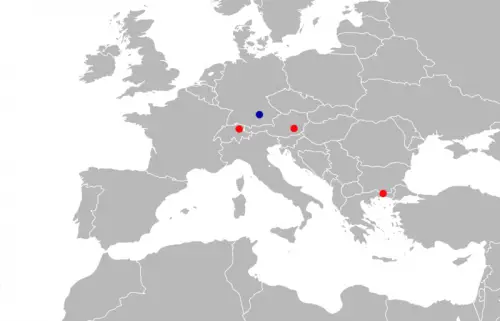Least Weasel
The Least Weasel is the smallest carnivore and is hardly seen as it is rarely trapped. The Least Weasel can be found anywhere in the world however the smallest species is found in North America and the largest is in northern Africa. The size of the least weasel will depends on where it is found.
The least weasel tends to avoid sandy deserts, woodlands and open spaces though it is commonly found in prairies, marshes, farmlands, semi-deserts and grassy fields. Although the populations may be abundant, it often remains unnoticed. The total length of males is 18-25 cm whereas females are 16.5-18 cm. The males are weight about 40-55 g and females are only 30-50 g.
The male least weasels reach its sexual maturity at 8 months, while the females reach maturity at 4 months. Even though males are sexually active around the year but often breeding only occurs in spring and late summer. The females will have multiple litters throughout the year and the gestation period is 35 days. Then females will nurse their young until they become independent.
The young are born wrinkled, pink, blind and deaf and normally range from 1-6. They will be covered with a fine white body hair on the 11 days and by 18 days their back bodies will be covered with brown hair with white bellies. By this time, they are eating solid food and are able to kill prey by 40 days.
The least weasel has long, slender body with flat narrow head, with large black eyes and round ears. The least weasel has short limbs and 5 fingers with long and sharp claws. During the summer the weasel has a 1 cm length of coat. Its back is light brown as the underside is white with brown spots. Whereas in winter its coat is more or less about 1.5 cm length and is totally white in color in the northern populations, so they can suit with the snow better. While the least weasel in the southern populations do not have to blend in with the snow so their winter coat remain light brown.
The least weasel moves around at any time of the year regardless of day or night. It moves around its home in the range of less than 2 acres in search of prey, crack and frequently standing on its feet to look for its victims. It may have a few temporary hideaway scattered over its range. It will shelter in the abandoned den of other smaller animal, such as mouse, gopher, or ground squirrel. This species can run very fast, up to 10 km/h. It also feeds almost entirely on grassy field, chasing their prey along their runways and small enough to chase mice. Pouncing on its victim, it will kill the victims by wrapping its legs around and bite it at the base of the skull. It used its characteristic anal glands for marking territory and defense. It will give a shrill squeaking call when disturbed and may hiss when threatened.




